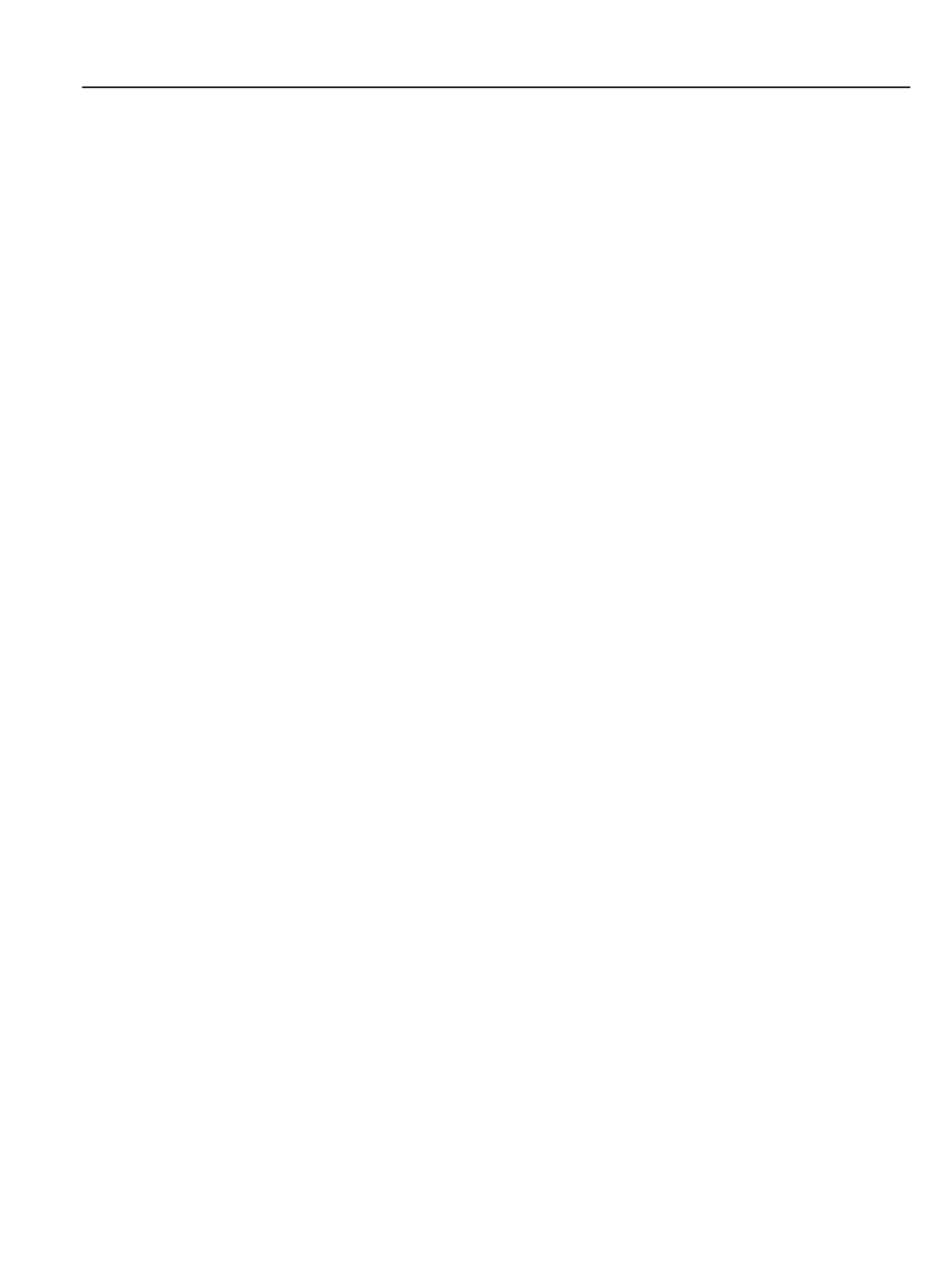
MISCELLANEOUS LAWS
373
practitioner, issued and signed by a prac-
titioner; or
(2) an order transmitted by other means of
communication from a practitioner that is:
(A) immediately reduced to writing
by the pharmacist or pharmacist intern
(as defined in IC 25-26-13-2); or
(B) for an electronically transmitted
prescription:
(i) has the electronic signature
of the practitioner; and
(ii) is recorded by the pharmacist
in an electronic format.
16-42-19-8. “Sale” defined.
As used in this chapter, “sale” means every
sale and includes the following:
(1) Manufacturing, processing, trans-
porting, handling, packing, or any other
production, preparation, or repackaging.
(2) Exposure, offer, or any other proffer.
(3) Holding, storing, or any other pos-
session.
(4) Dispensing, giving, delivering, or any
other supplying.
(5) Applying, administering, or any other
using.
16-42-19-9. “Warehouseman” defined.
As used in this chapter, “warehouseman”
means a person who stores legend drugs for oth-
ers and who has no control over the disposition
of legend drugs except for the purpose of storage.
16-42-19-10. “Wholesaler” defined.
As used in this chapter, "wholesaler" means
a person engaged in the business of distributing
legend drugs that the person has not produced or
prepared to persons included in any of the classes
named in section 21 of this chapter.
16-42-19-11. Unlawful sale of legend drugs;
exceptions.
(a) Except as provided in section 21 of this
chapter, a person may not sell a legend drug
unless either of the following conditions exist:
(1) Except as provided in subsection (b),
the legend drug is dispensed by a phar-
macist upon an original prescription or
drug order with the drug product specified
on the prescription or drug order or by
the authorization of the practitioner and
there is affixed to the immediate container
in which the drug is delivered a label bear-
ing the following:
(A) The name, address, and phone
number of the establishment from
which the drug was dispensed.
(B) The date on which the prescrip-
tion for the drug was filled.
(C) The number of the prescription as
filed in the prescription files of the
pharmacist who filled the prescription.
(D) The name of the practitioner who
prescribed the drug.
(E) The name of the patient, or if the
drug was prescribed for an animal, a
statement of the species of the animal.
(F) The directions for the use of the
drug as contained in the prescription.
(2) The legend drug is delivered by the
practitioner in good faith in the course of
practice and the immediate container in
which the drug is delivered bears a label
on which appears the following:
(A) The directions for use of the drug.
(B) The name and address of the prac-
titioner.
(C) The name of the patient.
(D) If the drug is prescribed for an ani-
mal, a statement of the species of the
animal.
This section does not prohibit a practitioner from
delivering professional samples of legend drugs
in their original containers in the course of the
practitioner's practice when oral directions for
use are given at the time of delivery.
(b) Notwithstanding subsection (a)(1), the fol-
lowing apply:
(1) A pharmacist at a hospital licensed
under IC 16-21 may fill a drug order for a
legend drug with a drug product allowed
under the hospital's policies and proce-
dures for the use, selection, and procure-
ment of drugs.
(2) A pharmacist who fills a prescription
for a legend drug must comply with IC 16-
42-22 and IC 25-26-16.


